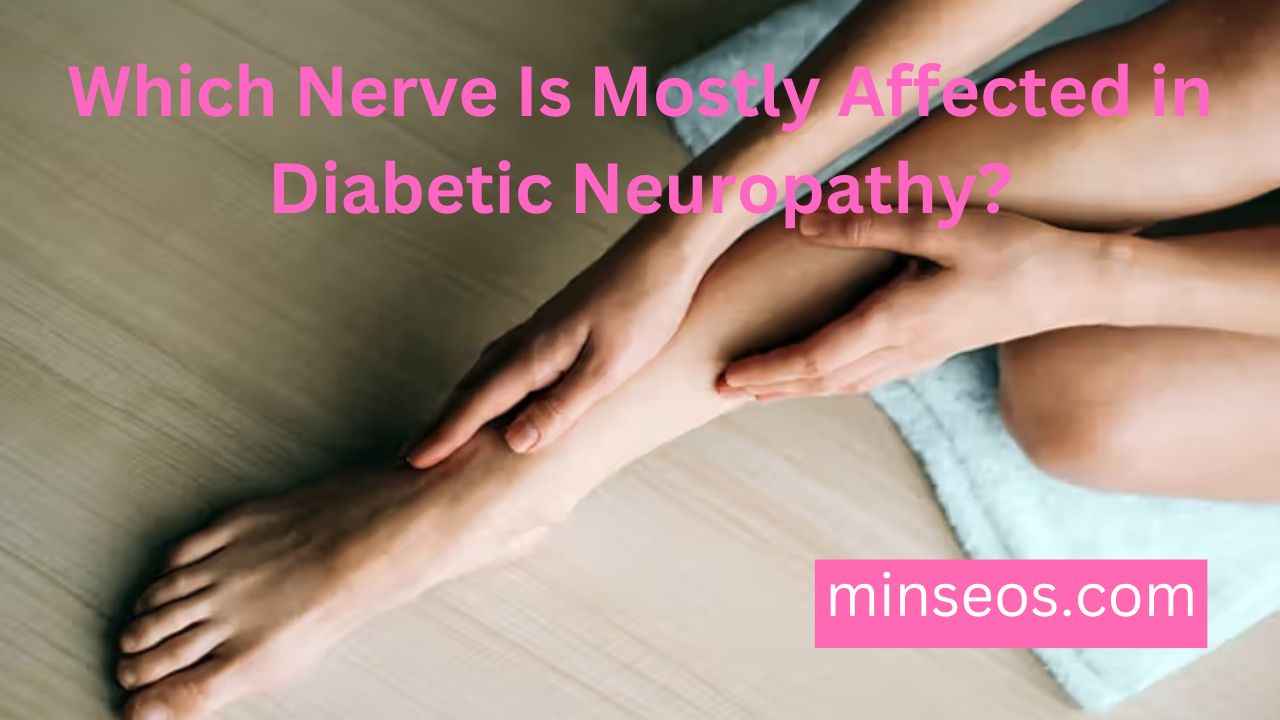Diabetic neuropathy frequently affects the peripheral nerve the most. Any injury to nerves outside of the brain and spinal cord is referred to as peripheral neuropathy.
Usually affecting the legs and feet, it can also occasionally affect the hands and arms.
What are the symptoms of peripheral nerve damage?
It is estimated that approximately 50% of diabetics develop peripheral neuropathy.
It may result in the following symptoms in the hands, arms, legs, and feet:
- weakness
- pain, particularly when you walk
- numbness and tingling
- burning sensation
- swelling
Peripheral nerve damage sufferers frequently report that their symptoms worsen at night, making it harder to fall asleep.
How is nerve pain from diabetic neuropathy treated?
Consultation with a physician may be helpful if diabetic neuropathy is causing your nerve pain. To help with symptom relief, they might offer a treatment plan.
This could involve prescription drugs like:
- anticonvulsants, such as gabapentin and pregabalin, to assist in alleviating symptoms brought on by nerve damage
- Topical sprays and creams for immediate pain alleviation
- antidepressants like duloxetine, venlafaxine, and nortriptyline that reduce pain
Physical therapy may also be suggested by a physician to assist control of symptoms.
It’s crucial to keep in mind that nerve damage cannot be repaired by the aforementioned therapeutic approaches. Rather, they are employed to alleviate and control symptoms.
Can diabetic neuropathy be prevented?
Yes, taking good care of your feet and managing your symptoms carefully can help prevent diabetic neuropathy.
This includes:
- checking your feet regularly for any changes or injuries, such as:
- blisters
- sores
- calluses
- dry skin
- bumps
- washing, drying, and moisturizing your feet often
- take care when exercising
- putting on supportive socks and shoes to avoid getting hurt
It’s critical to consult a physician as soon as possible if you do sustain foot injuries or observe any changes. This can lessen the chance of any more issues, including an infection.







Leave a Reply